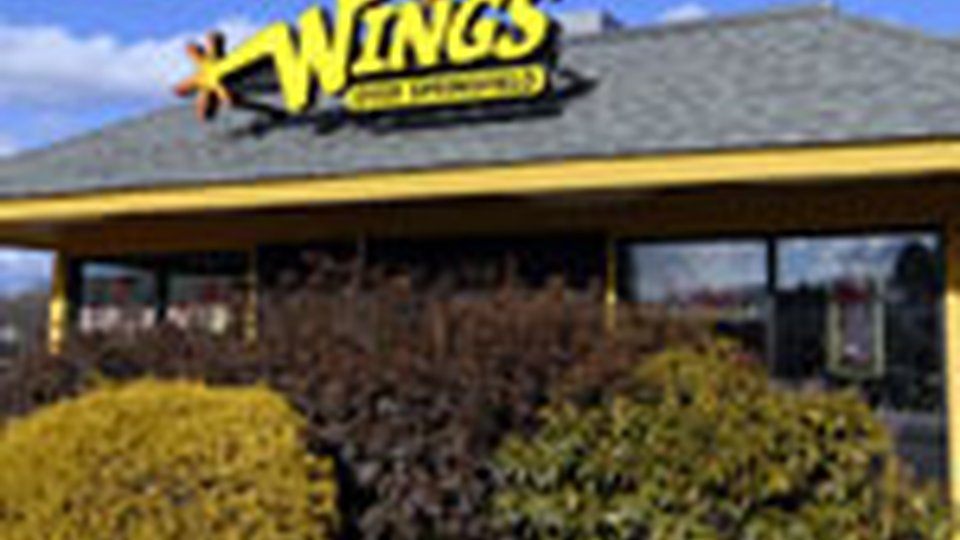Article
Tailor made
QSR's use the local approach to attract community customers.

June 13, 2007
It's been said that all politics is local. And to a large degree, that might also be said of fast food.
Operators looking for greater consumer acceptance are increasingly marketing themselves not just as businesses, but neighbors.
"That's the trend," says veteran foodservice consultant Arlene Spiegel. "The reason operators do it, is so they can immediately fit into the community they're serving."
Speigel, president of Arlene Spiegel & Associates Inc. in New York City, said regionally-tailored restaurants make consumers more comfortable because operators are acknowledging what makes a community unique.
"They are also capturing the feeling like they've been there always," she said.
McAlien
Roughly 85 percent of the 13,700 McDonald's restaurants in the U.S. are independently owned and operated.
Many of those operators have grown up in the communities they serve and want their restraurant to reflect their hometown heritage, said McDonald's USA spokesperson Danya Proud.
"Many of our franchisees know their customers very well; in fact, many of our franchisees used to be customers. They know their market, and they want to make the experience relevant to their customers," Proud said. "Whether their store is located in New Mexico, Orlando or Boise, there is flexibility within the framework to decorate and make the stores as relevant as they can be to your local market."
The lone caveat, adds Proud, is that the local touches need to be consistent with the brand.
When John Snowberger, an 8-unit franchisee in Roswell, N.M., realized an old unit needed a retrofit, he decided to capitalize on his town's UFO-based tourist history.
Snowberger's McDonald's restaurant, located at 7th and Main, looks as if it's been invaded from another world, and with good reason: thousands of tourists flock to Roswell each year because, as legend has it,Roswell was the site of a UFO crash landing in 1947.
"We're sitting right here in the middle of Roswell," said District Manager C.J. Cota. "That's what Roswell is famous for, the UFO crash site. Tourists come here looking for that."
 |
A Roswell, N.M., McDonald's designed to resemble an alien spacecraft. |
And the locals?
"They seem to enjoy it, too," he said.
The restaurant includes a large glass wall in front of a spaceship with a hatch that opens up. As architect John Stern recently said in an interview, "We wanted it to seem like the flying saucer had crashed into the McDonald's." The craft's interior is a 2,000-sq.-ft. play area for children. Another touch: small rocket ships flying around the play area are manned by Ronald McDonald and other thematic toys.
Additionally, a Phoenix McDonald's unit includes Aztec-inspired artwork by a Mexican artist. Exterior murals depict the Aztec gods Tlaloc and Quetzalcoatl, while the interior includes a mosaic of the Virgen de Guadalupe. And, in historic Ybor City in Tampa, Fla., McDonald's sports a red-brick facade, tin-roof overhangs and wood paneling in homage to the historic cigar warehouses of the area.
Local angles
Mark Simonds, president of 21-unit Wings Over in Agawam, Mass., said being part of a community is good business. "That's why we came out with our name: Wings Over whatever town we're in (for instance, Wings Over Albany). That makes it more local."
The wing-based concept ties strongly into sports, which means memorabilia from local sports teams and support for local institutions like little league teams.
| ||||||||||||||||||
"The behavior also has to speak to the type of people that they're serving," Spiegel said. "They can't give fine dining tablecloth-type of hospitality if it's a quick-service restaurant. They have to do their due diligence and learn what the psychographics of the community are."
Décor, Spiegel points out, is "just one element that may get people in the door. But if the service, the uniforms, the lighting and the packaging are not commensurate with the community's values then it's not going to work."
Façade may be important, Spiegel concludes, but is "just the first step in saying, 'I know who you are, I value you, and I'm here to create a comfort zone for you.'"





